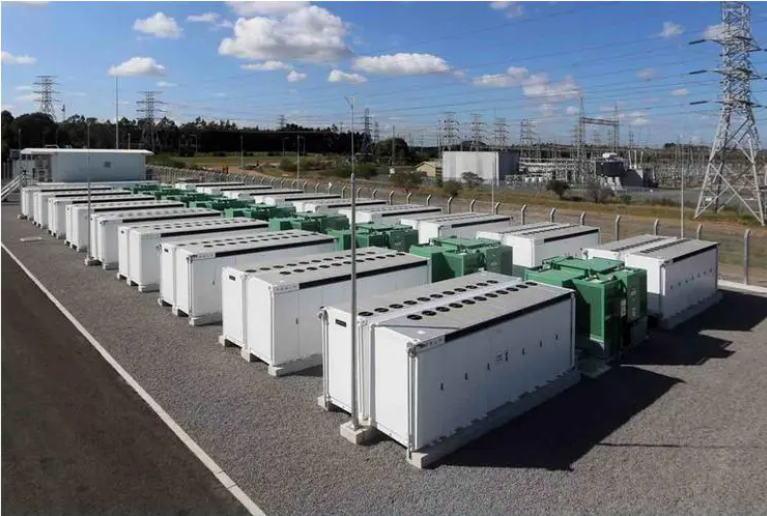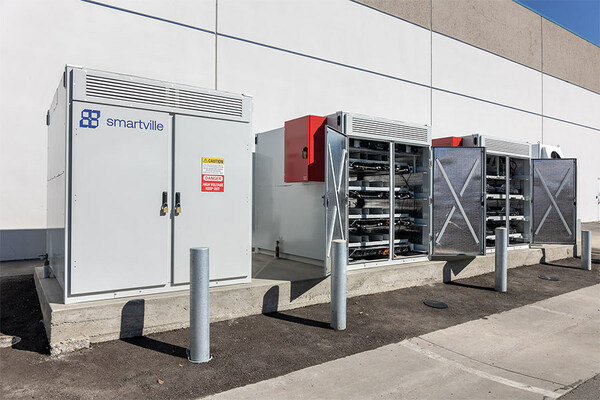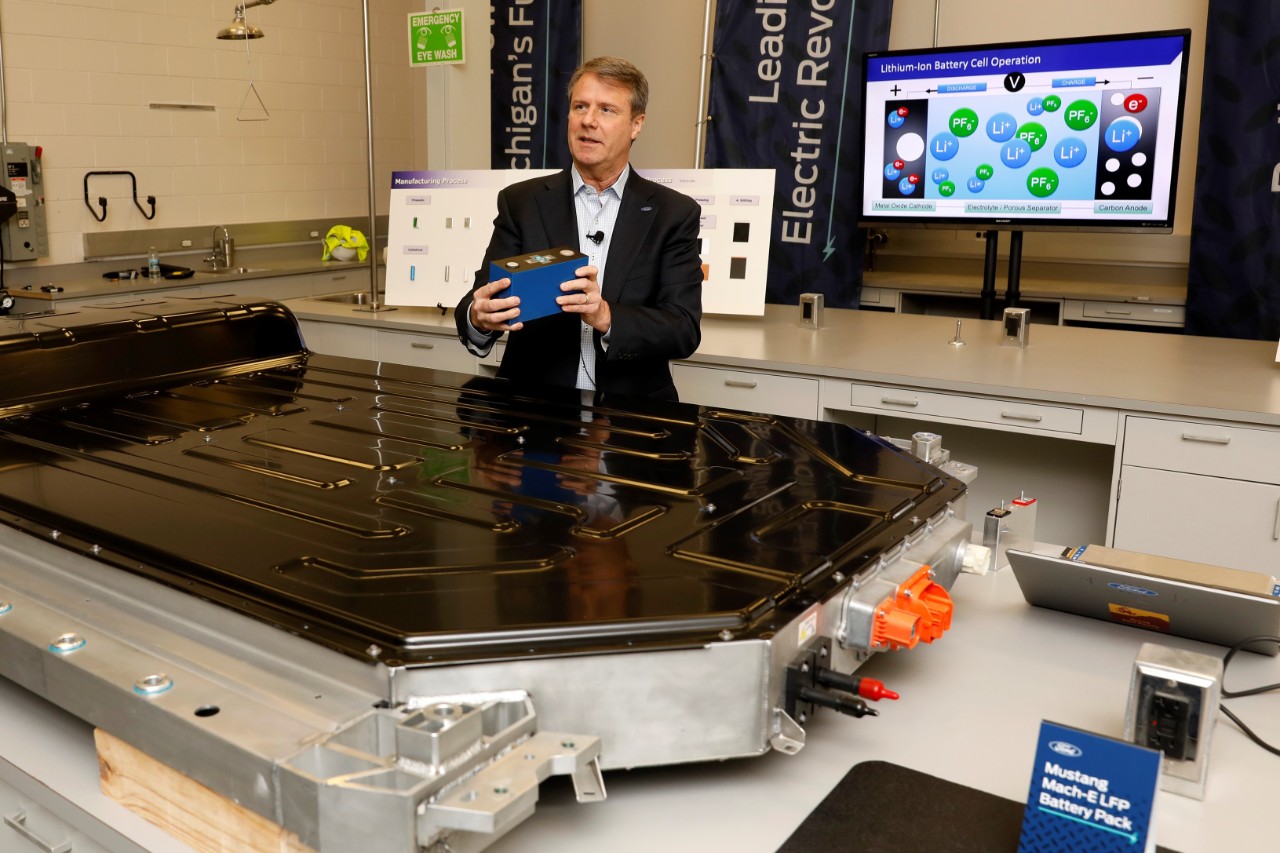 Scientists at Lawrence Berkeley National Laboratory (Berkeley Lab) have developed a conductive polymer coating—called HOS-PFM—that could enable longer lasting, more powerful lithium-ion batteries for electric vehicles.
Scientists at Lawrence Berkeley National Laboratory (Berkeley Lab) have developed a conductive polymer coating—called HOS-PFM—that could enable longer lasting, more powerful lithium-ion batteries for electric vehicles."The advance opens up a new approach to developing EV batteries that are more affordable and easy to manufacture," said Gao Liu, a senior scientist in Berkeley Lab's Energy Technologies Area.
The HOS-PFM coating conducts both electrons and ions at the same time. This ensures battery stability and high charge/discharge rates while enhancing battery life. The coating also shows promise as a battery adhesive that could extend the lifetime of a lithium-ion battery from an average of 10 years to about 15 years, Liu added.
To demonstrate HOS-PFM's superior conductive and adhesive properties, Liu and his team coated aluminum and silicon electrodes with HOS-PFM, and tested their performance in a lithium-ion battery setup.
Silicon and aluminum are promising electrode materials for lithium-ion batteries because of their potentially high energy storage capacity and lightweight profiles. But these cheap and abundant materials quickly wear down after multiple charge/discharge cycles.
The results are impressive, Liu said, because silicon-based lithium-ion cells typically last for a limited number of charge/discharge cycles and calendar life. The researchers recently described these findings in the journal Nature Energy.
The HOS-PFM coating could allow the use of electrodes containing as much as 80% silicon. Such high silicon content could increase the energy density of lithium-ion batteries by at least 30%, Liu said. And because silicon is cheaper than graphite, the standard material for electrodes today, cheaper batteries could significantly increase the availability of entry-level electric vehicles, he added.
The team next plans to work with companies to scale up HOS-PFM for mass manufacturing.



